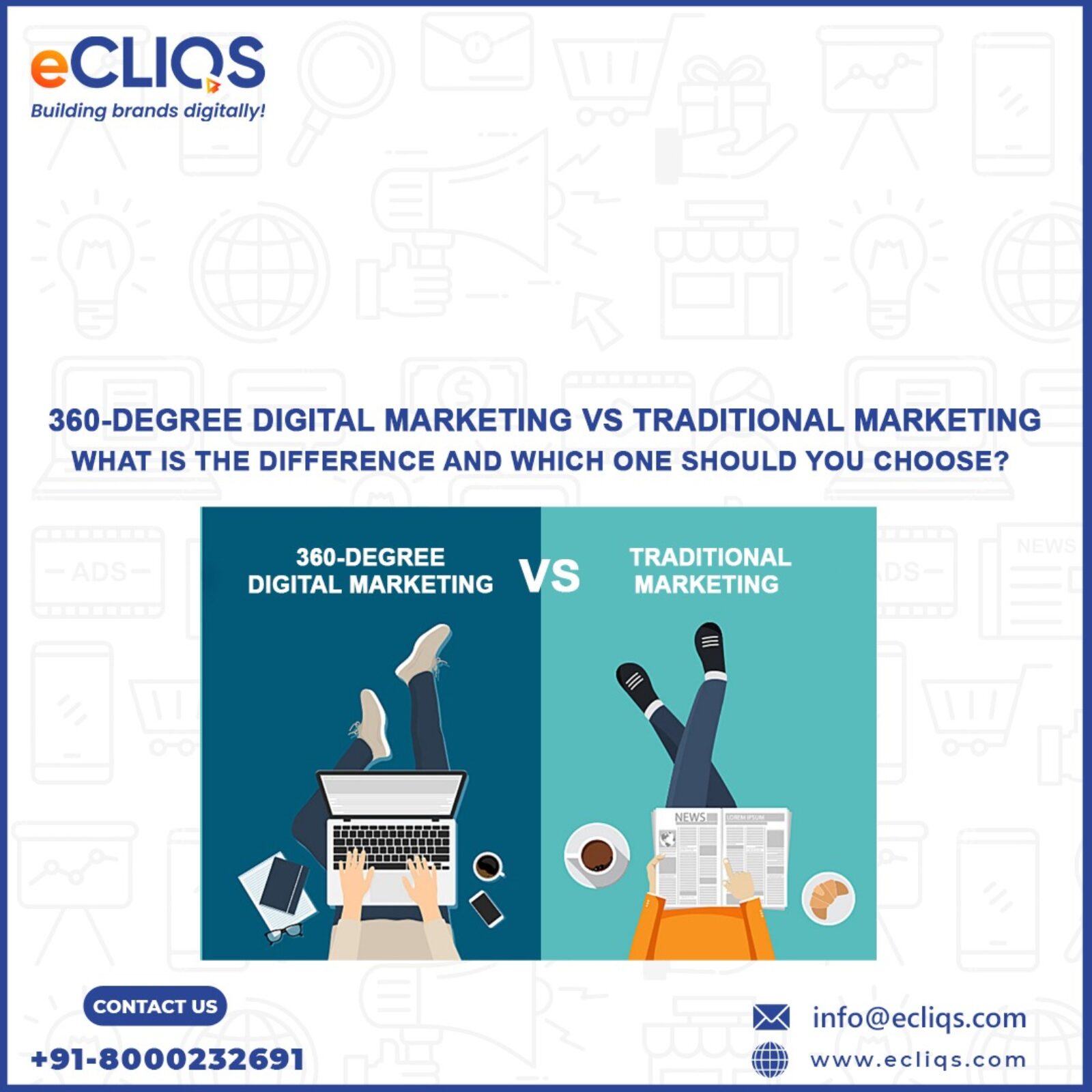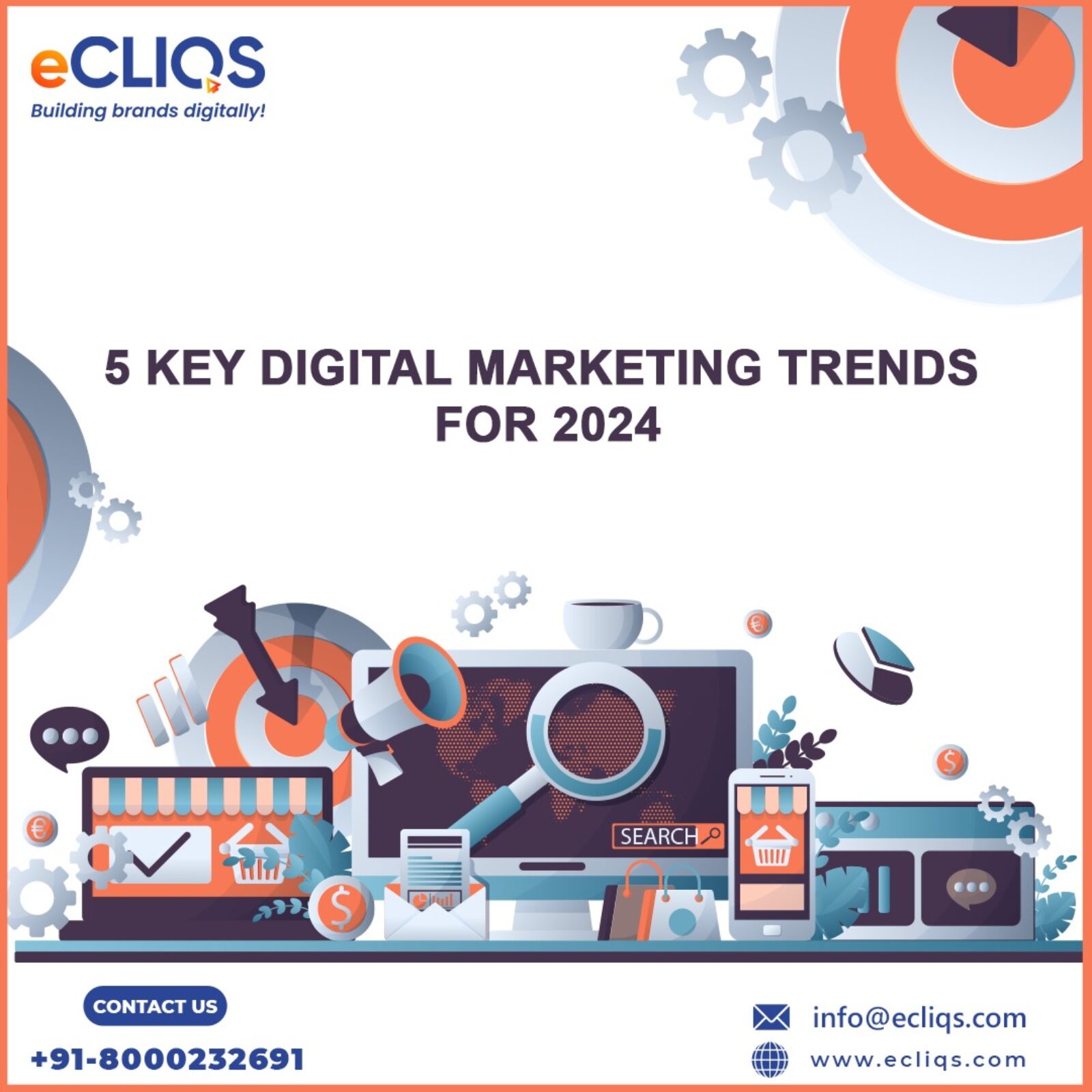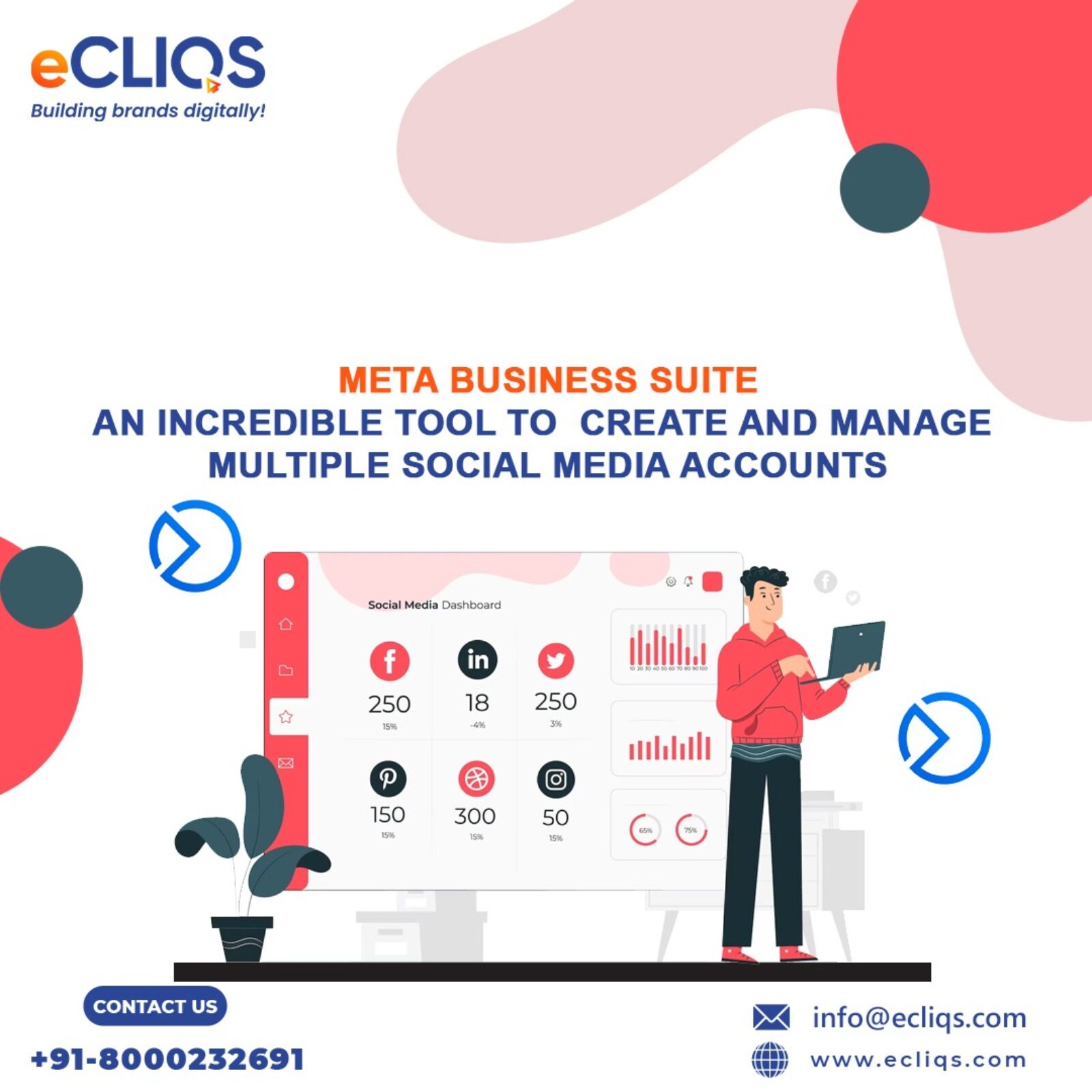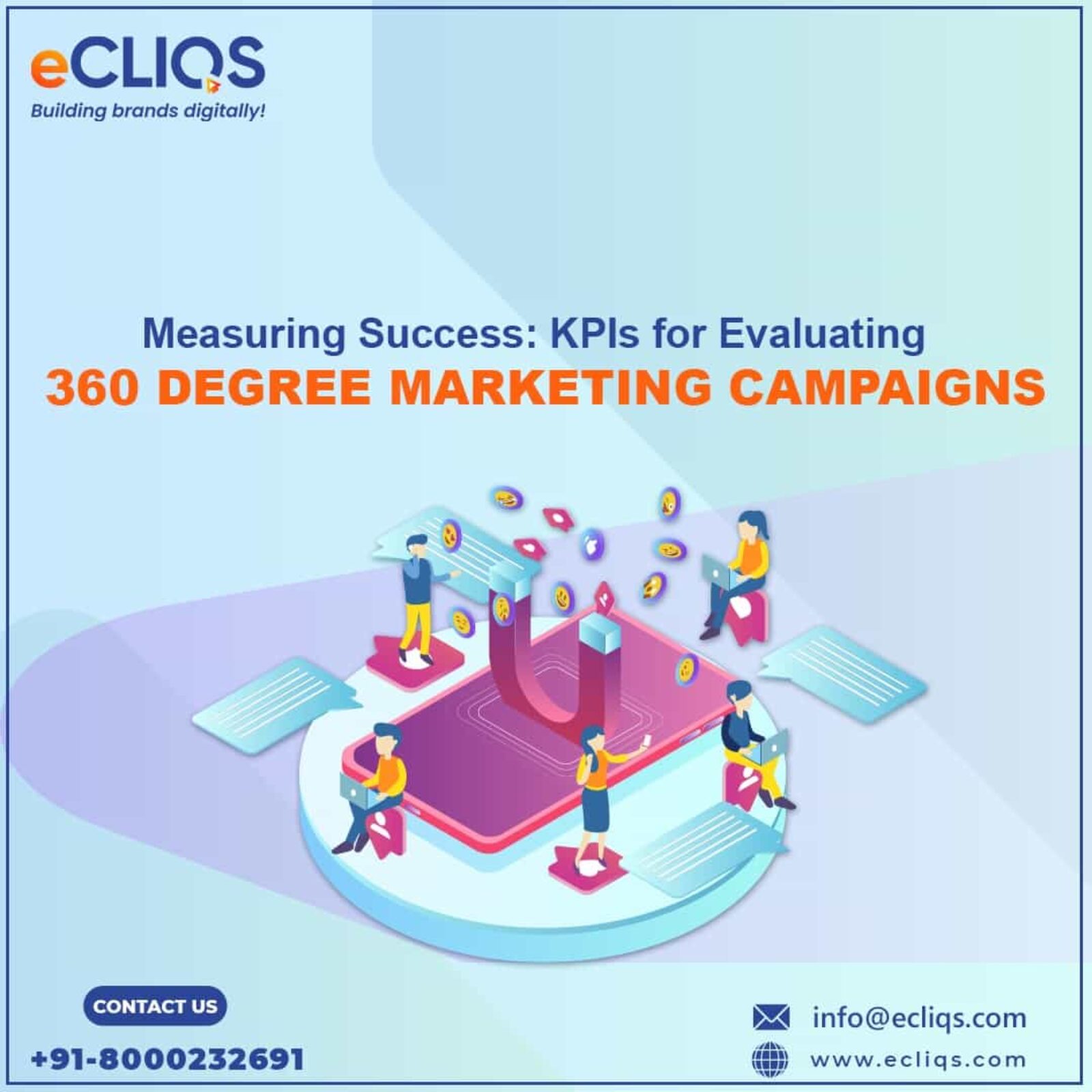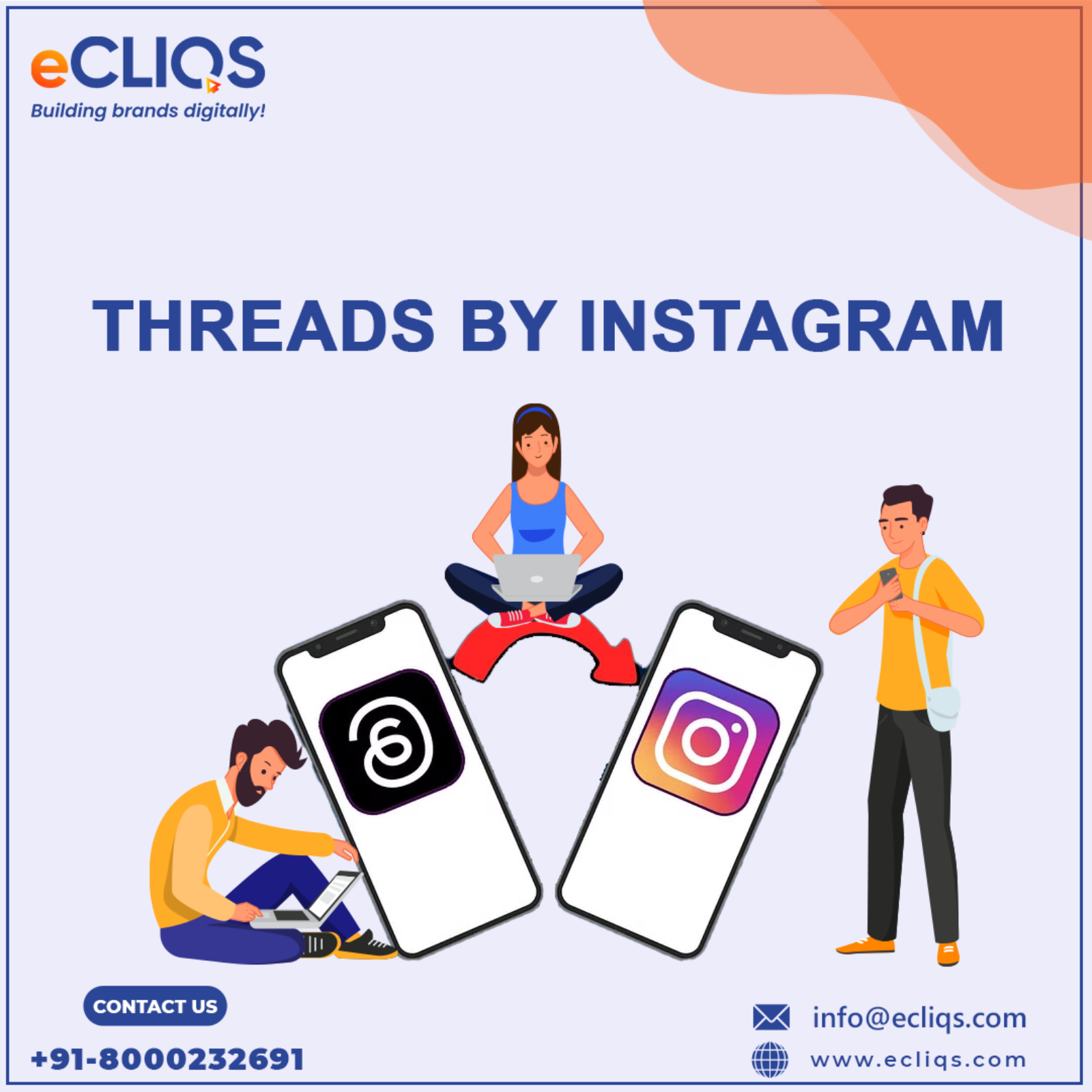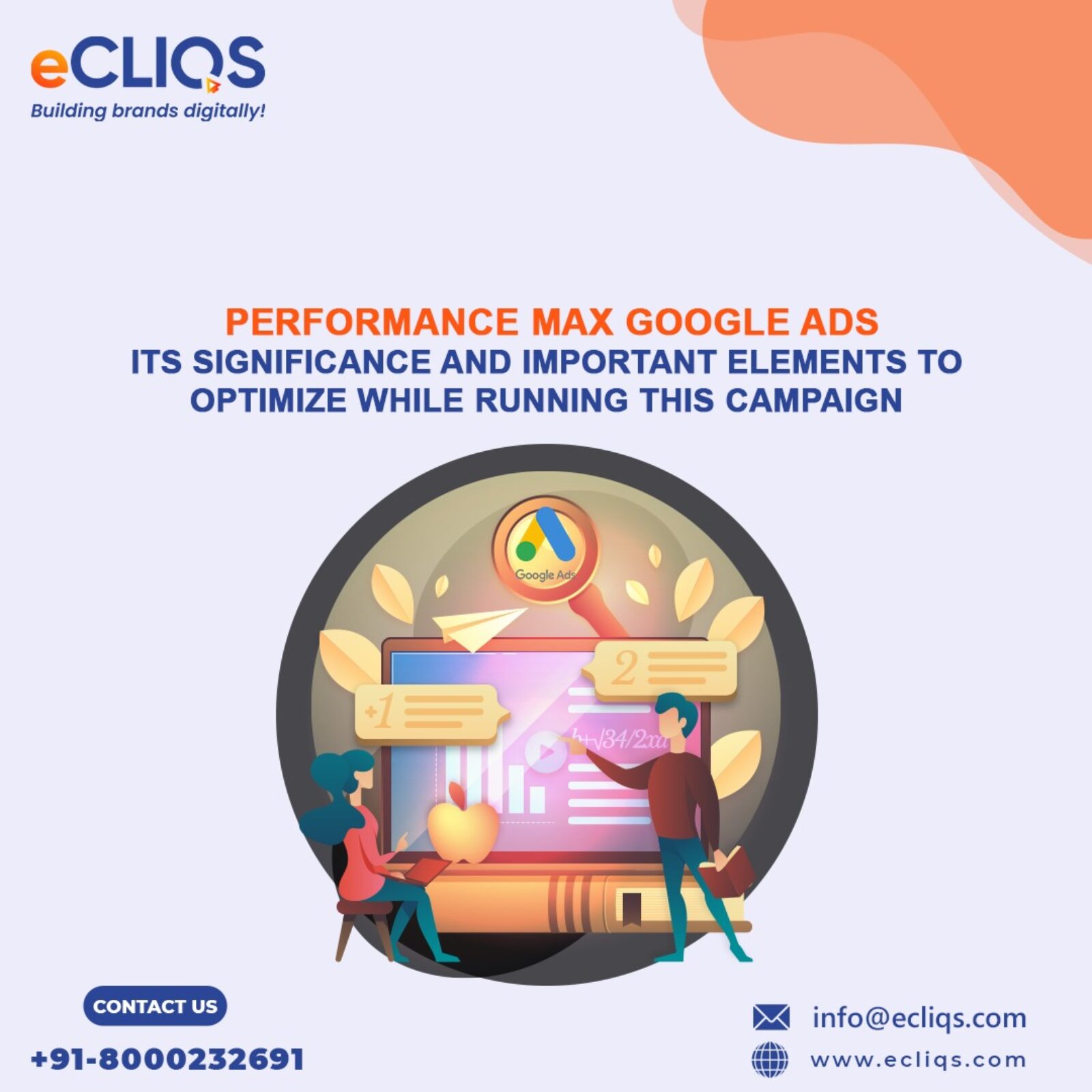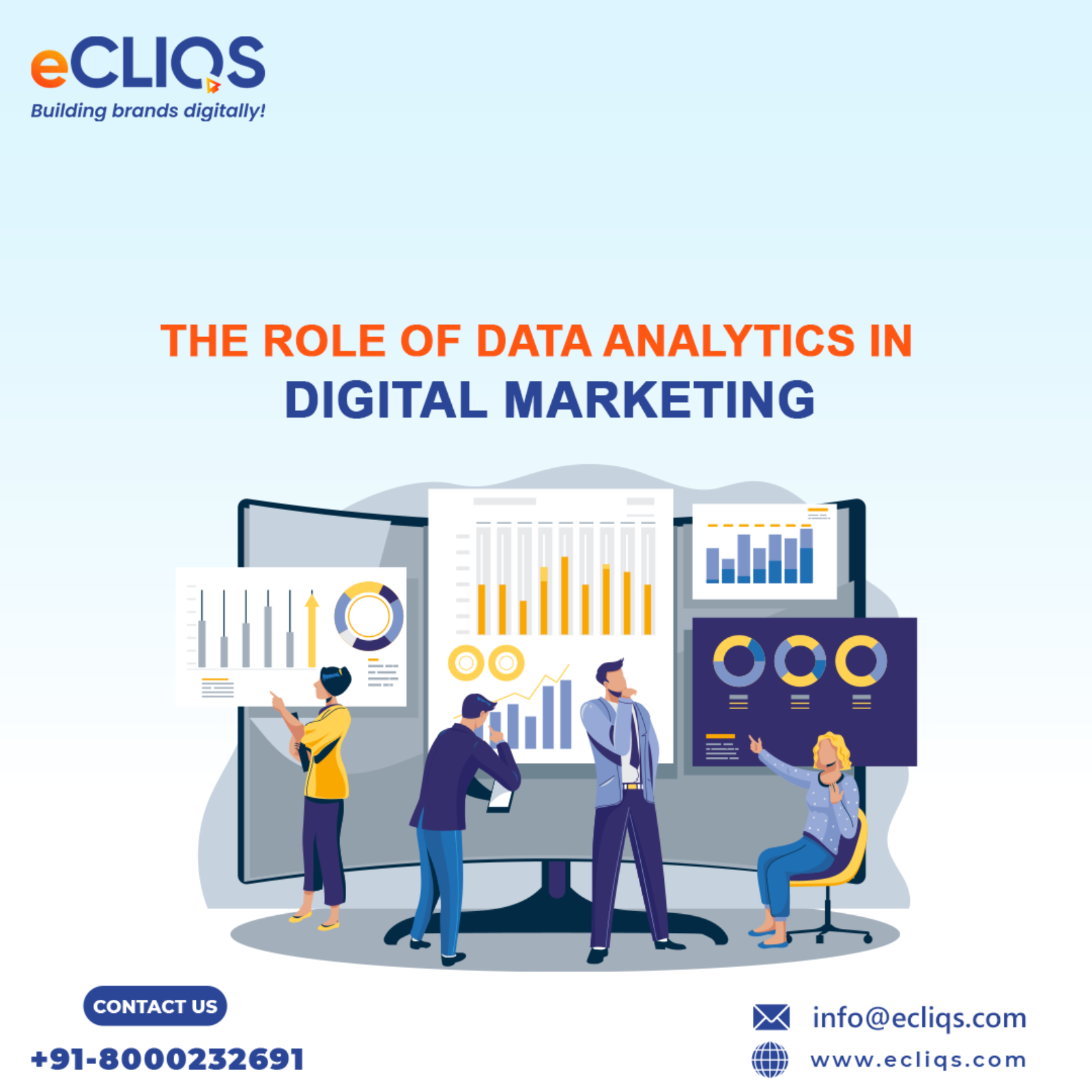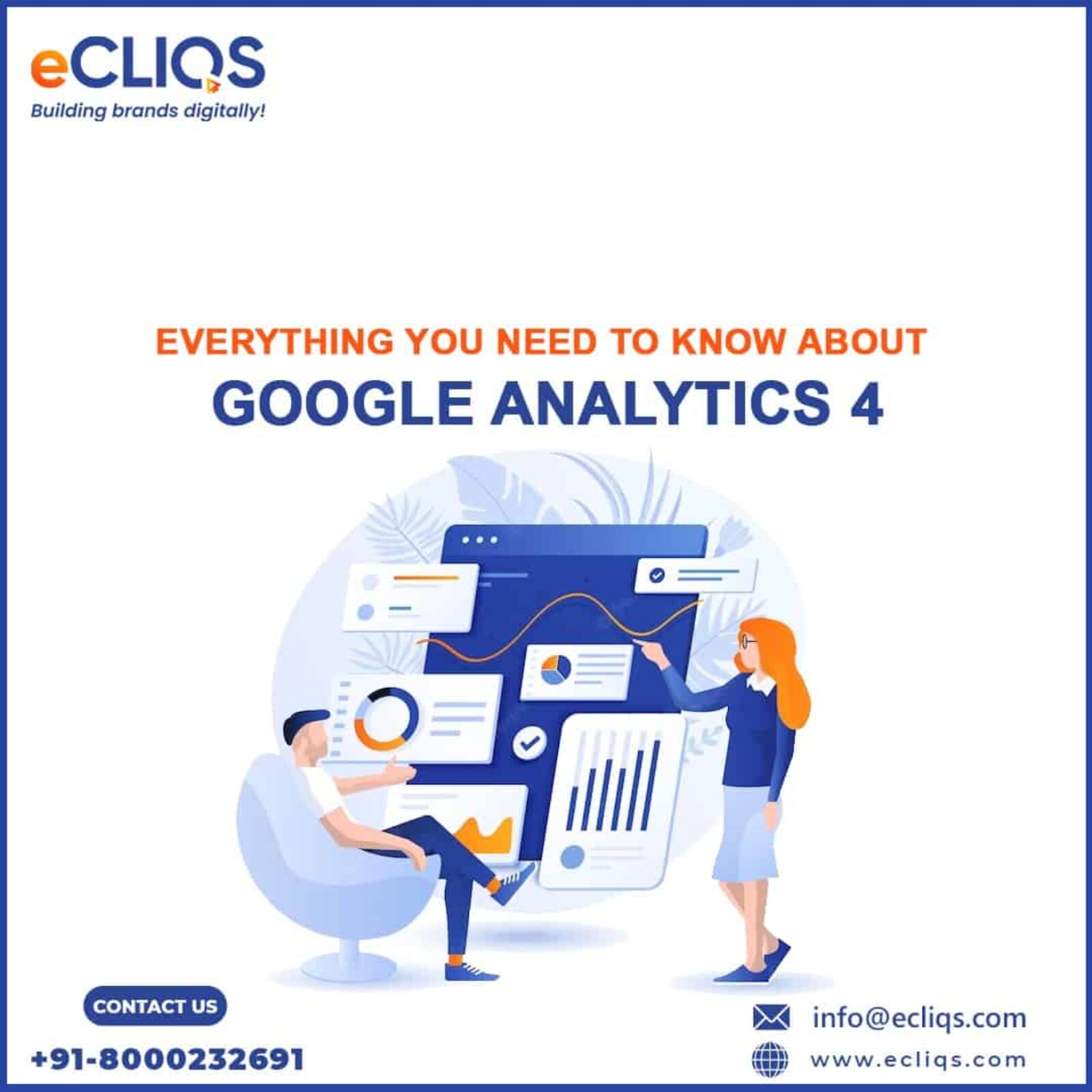360-degree Digital Marketing Vs Traditional Marketing: What is the difference and what should you choose?
Traditional Marketing and Digital Marketing are two very different approaches to marketing that aim at achieving the same goals i.e., promoting products and services, and reaching the target audience. Traditional Marketing is a marketing approach that uses conventional,...
What Is Content Localization? How To Build a Strategy for it?
Did you know that only about 25% of the world’s population can speak and read English? This means there are many untouched markets around the world. Localization is the process of adjusting your brand’s content (such as websites or apps) for a foreign audience....
5 Key Digital Marketing Trends for 2024
One thing that always remains constant in this ever changing digital world is ‘Change’. And it really moves fast. One best example is the rise in Artificial Intelligence during 2023. And this will just keep on increasing in 2024 and hence businesses have to keep up with this...
Meta Business Suite – An Incredible Tool to create and manage multiple social media accounts?
Meta Business Manager is critical for controlling your company’s presence in Meta technology. You can delegate management of your Facebook Page, Instagram Account, Meta Ads Account, and other accounts using the Meta Business Manager.
In this article, you’ll...
The Importance of Brand Consistency in Social Media Marketing: How to Build Your Brand Identity
Your brand is the face of your company—what you show to potential customers. It not only shapes their first impression of your company and product, but it can also entice them to come back for more business. Maintaining brand consistency produces reliable results and can help...
Measuring Success: KPIs for Evaluating 360 Degree Marketing Campaigns
Metrics for marketing analytics are critical for having access to relevant data that can enhance sales, profitability, and brand recognition. The correct analytics tools can assist in the identification of new markets, audience segments, and possible growth regions. However,...
Threads by Instagram
In today’s fast paced world, it’s important to stay connected with people who you share good memories with. Instagram, a popular photo and video sharing app has kept us updated with latest trends and a sneak peek into the lives of our near and dear ones. But,...
Performance Max Google Ads – Its significance and important elements to optimize while running this campaign
What is Performance Max?The Performance Max is a new sort of automated Google advertising campaign that employs Artificial Intelligence to display responsive advertising across the major networks: Search, Display, YouTube, Gmail, Discover, and so on.To begin with these...
The Role of Data Analytics in Digital Marketing
Data has been fundamental in the birth and advancement of digital marketing. We think of it as the fuel that powers the engine of digital marketing. The quality of data you have and what you deduce from it, on the other hand, influences the success of your digital marketing...
Everything You Need to Know About Google Analytics 4 (GA4)
What is Google Analytics 4 (GA4) ?Google Analytics 4 (GA4) is the newest version of Google’s web analytics platform announced in October 2020. Formerly known as App and Web properties, GA4 marks a significant step forward for Google Analytics. It introduces several new...

